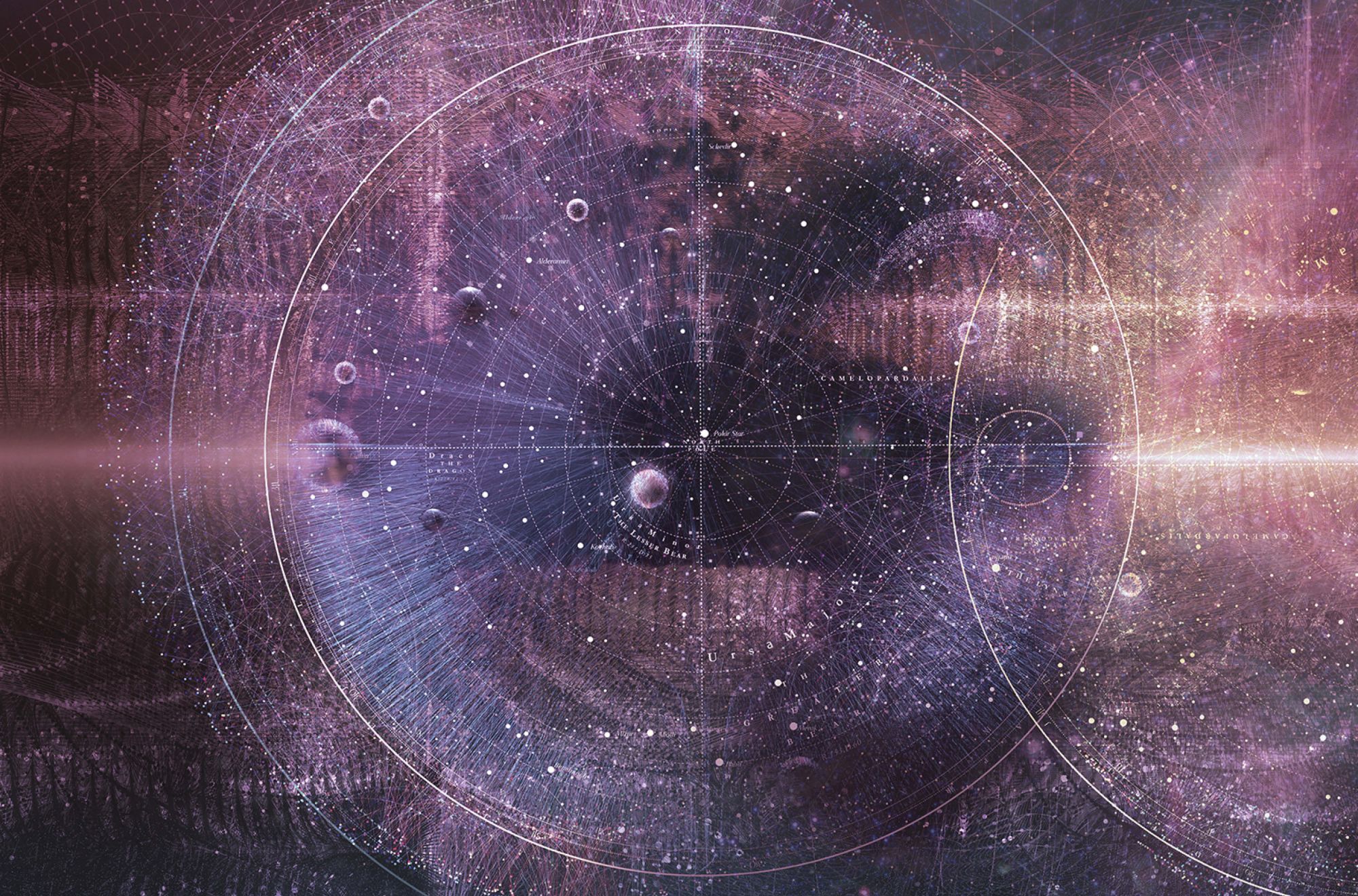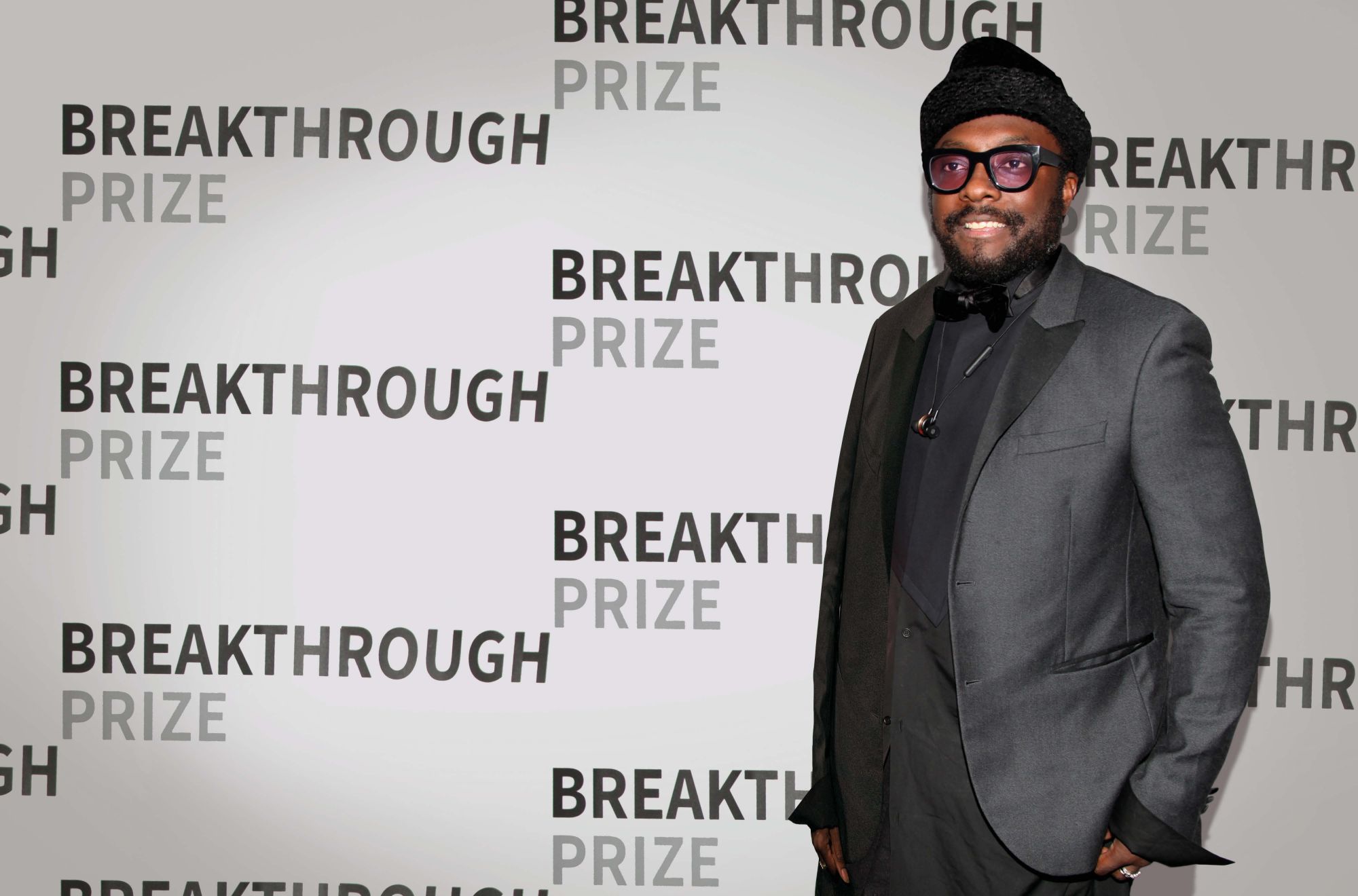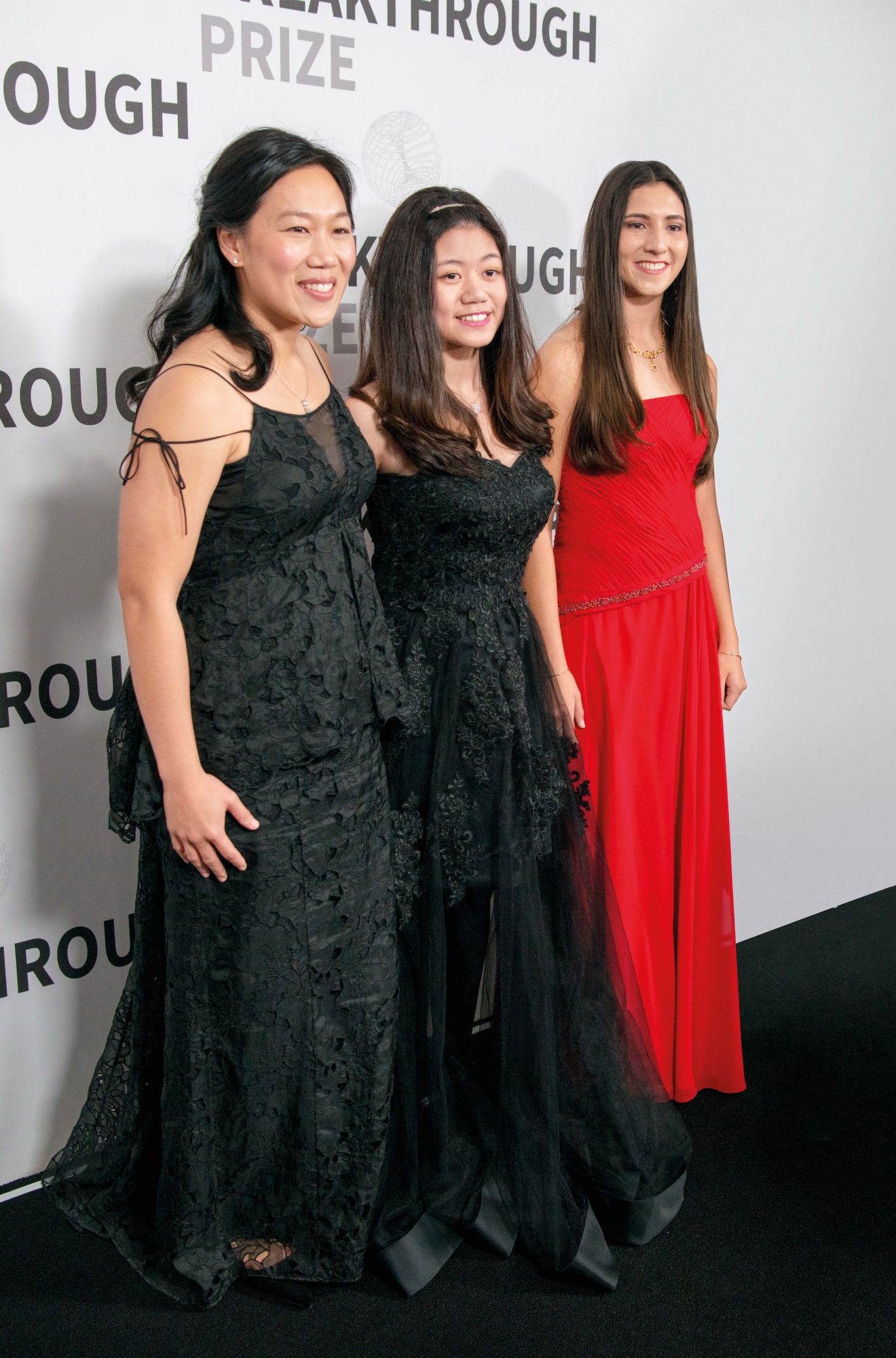As this year’s Breakthrough Prize ceremony approaches, we look into the Breakthrough Junior Challenge and what its inspiring young winners could mean for the future of science
What is it?
The Breakthrough Junior Challenge is making science sexy so young students are inspired to pursue it.
Spawned by the Breakthrough Prize, which celebrates the best work in the areas of fundamental physics, life sciences and mathematics, the junior contest encourages students aged 13 to 18 to reflect on challenging concepts or complex theories in the same arenas, and to bring those big ideas to life in short, engaging videos.
The annual challenge is a collaboration between the Breakthrough Prize Foundation—which organises the Breakthrough Prizes founded by Yuri and Julia Milner, Sergey Brin and Anne Wojcicki, and Mark Zuckerberg and Priscilla Chan—and the Khan Academy, a non-profit organisation that provides free education through online means in various languages to anyone, anywhere, always.

How does it work?
Young students submit a three-minute video that shows their understanding of a scientific theory in the most imaginative and original way they can. These videos can include dramatic constructions, documentary-style presentations, animation, motion graphics and other visual effects, and will be judged on engagement, illumination, creativity and difficulty.
See also: Galaxy Quest: 7 Tatler A-Listers Weigh In On Extraterrestrial Life
On submission of their videos, student competitors will also be asked to review five other submissions in a peer-to-peer evaluation. The videos are then shortlisted for a panel of researchers, educators and scientists to consider before a popular vote singles out seven regional champions.
The final selection committee, made up of professors, authors and astronauts, including some Breakthrough Prize winners, then judges the overall winner.






